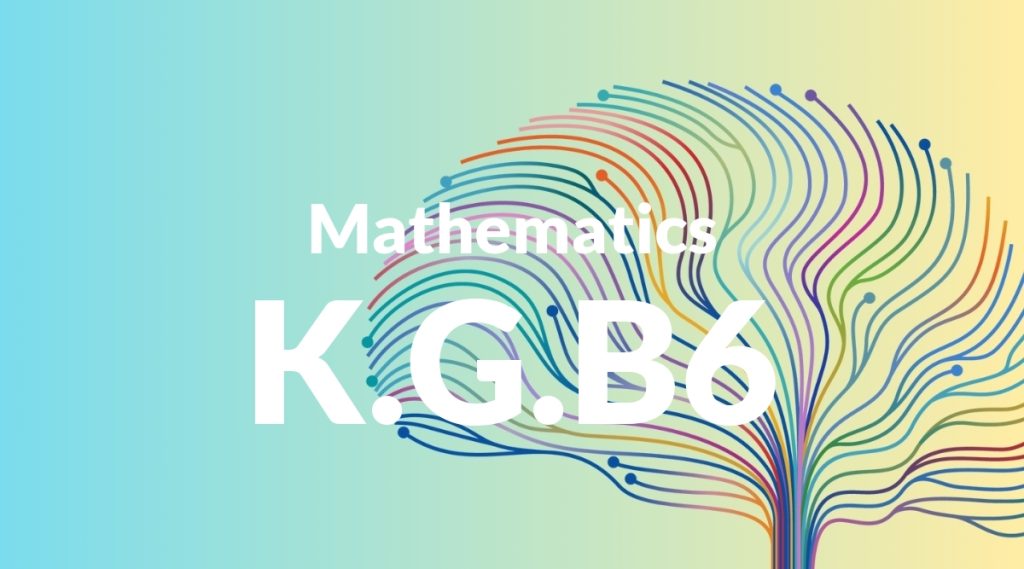Standard: K.G.B6 – Compose simple shapes to form larger shapes. For example, ‘Can you join these two triangles with full sides touching to make a rectangle?’
Grade level: Kindergarten
Subject: Mathematics
Domain: Geometry
Teacher Overview
This standard focuses on helping students understand how simple shapes can be combined to form larger shapes. This is a foundational skill in geometry that supports spatial reasoning and problem-solving abilities. Students should know basic shapes and their properties, such as the number of sides and corners, before tackling this standard.
After mastering this standard, students will be able to recognize and create more complex shapes, understand symmetry, and apply spatial reasoning in various contexts.
Common Misconception 1
A common misconception is that shapes cannot be combined to form new shapes. This is incorrect because combining shapes is a basic principle of geometry that helps in understanding how complex shapes are formed.
Intervention 1
Use hands-on activities with physical shapes to demonstrate how combining shapes can create new ones. Allow students to experiment with different combinations.
Common Misconception 2
Another misconception is that shapes must always be combined in a specific way. This is incorrect because shapes can be combined in various ways to create different outcomes.
Intervention 2
Encourage exploration with different combinations to show that multiple solutions are possible. Provide opportunities for creative problem-solving.
Prerequisite Knowledge
Students should be familiar with basic shapes such as triangles, rectangles, and squares, and understand concepts like sides and corners.
Subsequent Knowledge
Students will develop skills in recognizing more complex shapes, understanding symmetry, and applying spatial reasoning in problem-solving contexts.
Instructional Activities
- Shape sorting and matching games
- Building shapes with tangrams
- Creating pictures with pattern blocks
- Puzzle-solving with interlocking pieces
- Art projects using different shapes




